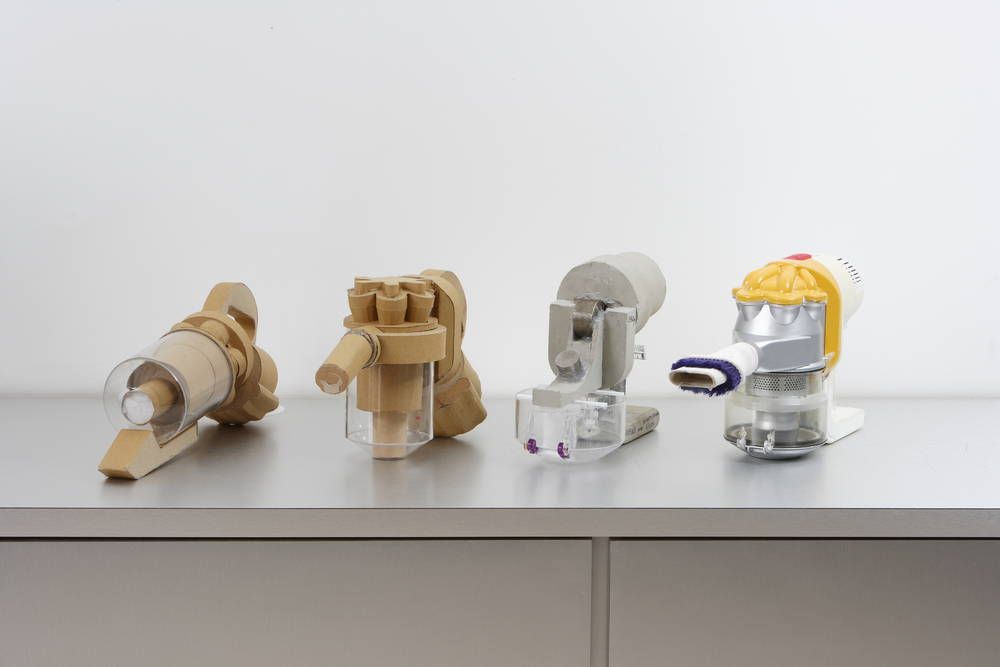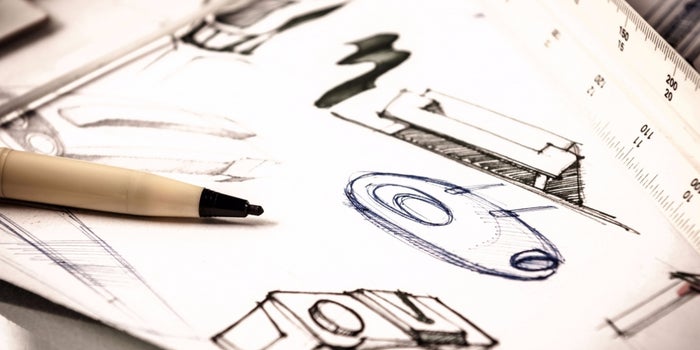
Prototype Development & Prototype Design: Things To Know
Creating a prototype design and starting on prototype development isn’t completely easy. So, arm yourself with 6 essential things you need to know to develop your best product prototype in the most hassle-free manner possible:
1. Choose a prototype fidelity level according to your audiences and needs.
The level of prototype fidelity you’ll need depends on how you intend to present your prototype to your audience.
Low-fidelity prototypes are typically used when you want to present your product’s main design concept for collaboration or design concept demonstration to colleagues.
High-fidelity prototypes are more intricate and are best suited for demonstrating the product to non-technical and non-design audiences. Such people can understand your product design more thoroughly because high-fidelity prototypes almost visually resemble your finished products.
2. Keep your prototype design simple yet pleasing to the eyes.
Aesthetic sense and simplicity are your best bets as you develop a prototype design for your idea. Using as few parts as possible helps you create a more streamlined design. This tip is best suited to non-technological and non-electronic products.
But you can still cut down on excessive parts when developing electronic prototypes. The key is to try to combine multiple components and connections into single parts. By doing so, you can reduce the number of redundant connections that won’t be aesthetically pleasing to the eyes.
3. Focus on how your prototype works.
Continue to keep functionality in mind as you try developing an aesthetic design for your prototype idea.
This may be another no-brainer tip, but sometimes developers are so focused on the design that they overlook the way the prototype works. Keep in mind that you must be able to demonstrate the key concepts and ideas behind your prototype’s design. Your design may not be aesthetically-perfect at first, but at least it works.
One way to improve design once you’re sure how the prototype works is by increasing the fidelity of your product sample towards the end of product development.
The key is looking for a technology that’ll ease your design process and speed up your prototype production.
4. Utilize technology to help you get more accurate prototypes.
Lots of product development companies now use computer-aided design (CAD) models and CAD technology for the prototype design. Such technologies are typically used for
rapid prototyping.
CAD software and technologies are mostly used for producing prototypes mostly comprised of hardware. Some technologies also allow faster and more accurate production of electronics and software components.
5. Realize that prototype development and design is a trial-and-error process.
Don’t bug yourself too much while you’re creating a prototype. Your idea is being turned into reality for the first time with no pre-established techniques or guidelines. Whether you’re developing a digital software or a physical product, prototyping doesn’t need to be perfect the first time around.
Remember that your prototype won’t be magically perfect at first – you need to be open to changes that’ll make your product better in the long run.
6. Be open to suggestions from your colleagues and consumers.
Your design will ultimately be seen, tested, and critiqued by both your colleagues and your product’s intended end-consumers. They may give you suggestions on how to improve your prototype’s design and functionality. Keep an open mind and allow modifications for your prototype design – it’s for the best interest of your product, after all.

